When it comes to the animal kingdom, there are a few species known for their lack of speed, and top among them is the humble slug. Often portrayed as one of the slowest creatures on Earth, slugs have a pace that might seem unremarkable to us. However, their sluggish speed is a fascinating result of evolution and adaptation. Understanding why slugs move so slowly requires a closer look at their biology, lifestyle, and environmental interactions. Let’s explore the intriguing world of slugs to uncover why they are one of nature’s slow walkers.
The Anatomy of a Slug

Slugs belong to the class Gastropoda, which also includes snails. Unlike their snail relatives, slugs do not have a protective external shell. This anatomical feature significantly influences their movement speed. A slug’s body is predominantly composed of soft, muscular tissues, designed for life on land. These creatures move by propelling themselves forward in a wave-like motion, known as undulation, using a single muscular foot. This method of locomotion, although effective in providing stability and traction, is inherently slow.
Energy Efficiency and Survival
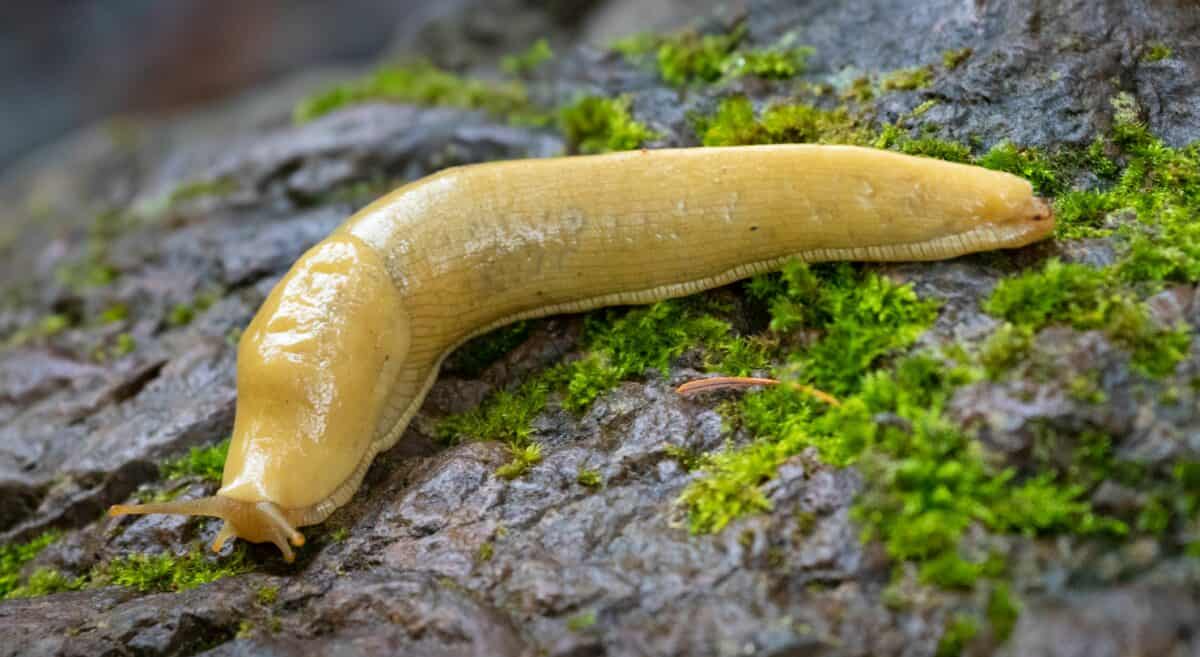
The slow pace of slugs is partly due to their need to conserve energy. Unlike predators that must chase their prey, slugs are herbivores and detritivores that feed on decaying plant material, fungi, and organic matter. Their way of life does not require speed, and being slow helps conserve the energy they glean from their low-caloric diet. Additionally, a slower metabolism aids in reducing the need for frequent feeding, which is beneficial for survival in environments where food sources might be sparse.
Environmental Adaptations
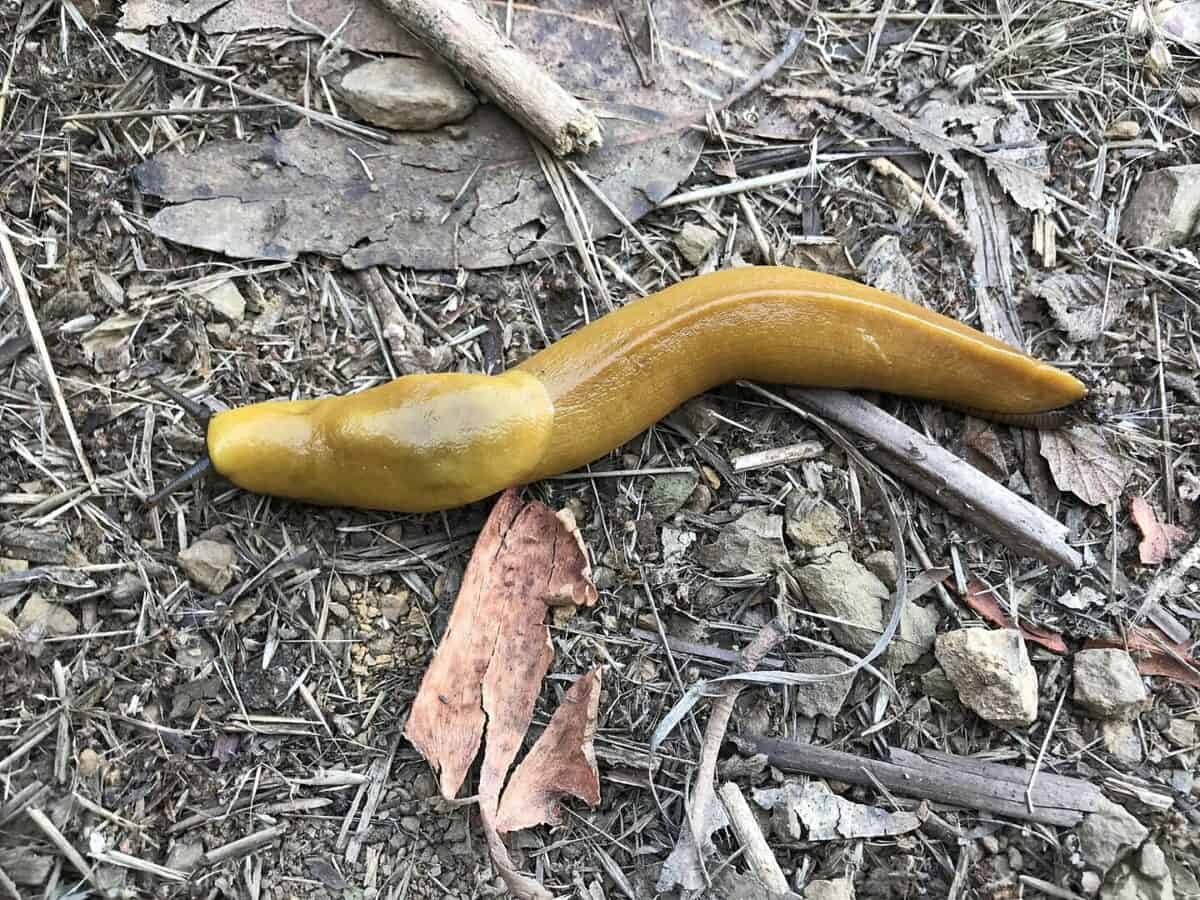
Slugs thrive in damp and moist environments, which support their need to maintain moisture levels essential for respiration and locomotion. Their movement depends heavily on the secretion of a mucus trail that aids in reducing friction and offers protection from rough surfaces. However, producing this mucus is energetically costly, and moving slowly minimizes the amount of mucus needed, conserving both water and energy. This adaptation is crucial for survival, especially in dry conditions where moisture is less abundant.
Predation and Defense Mechanisms
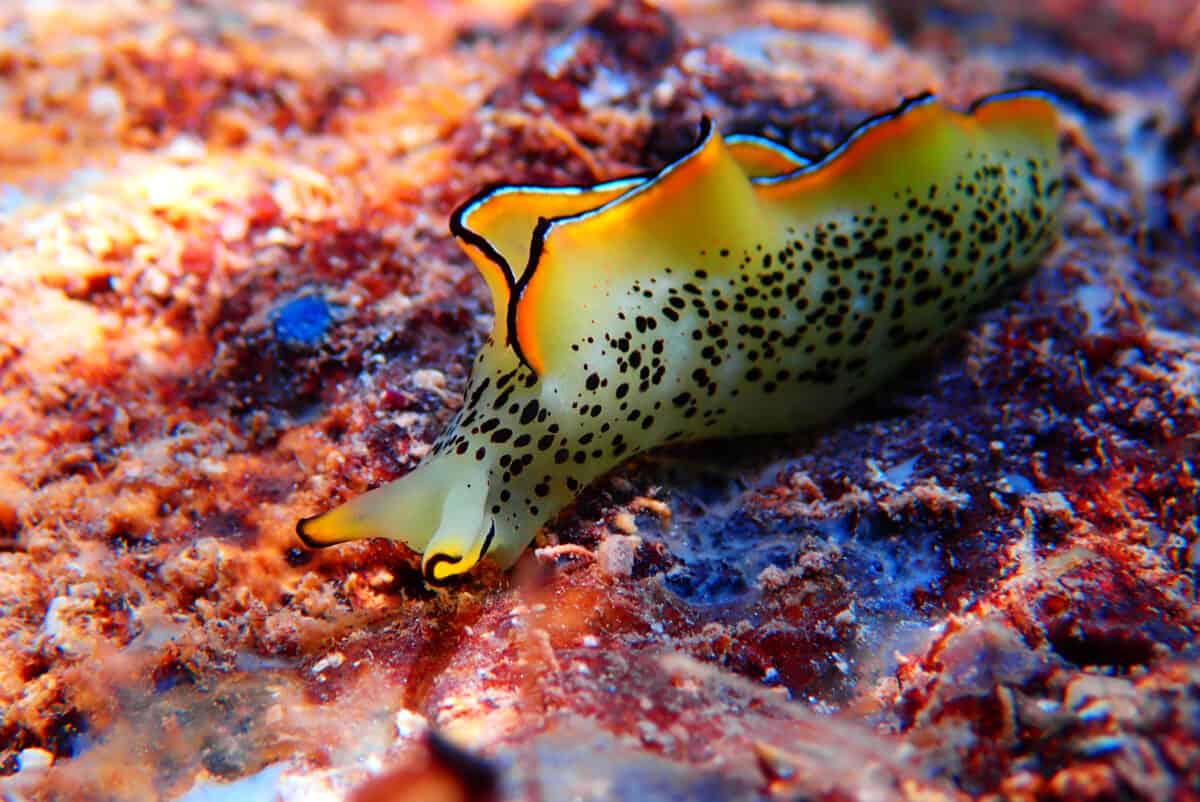
Speed isn’t necessarily an advantage in the slug’s world. Instead, slugs rely on camouflage and chemical defense mechanisms for survival. Their drab coloration often blends seamlessly with their surroundings, rendering them nearly invisible to predators. When threatened, some species of slugs can secrete foul-tasting or toxic substances, deterring predators. Moving slowly makes it easier for slugs to stay concealed and ready to deploy these defenses if needed.
The Role of Slugs in the Ecosystem
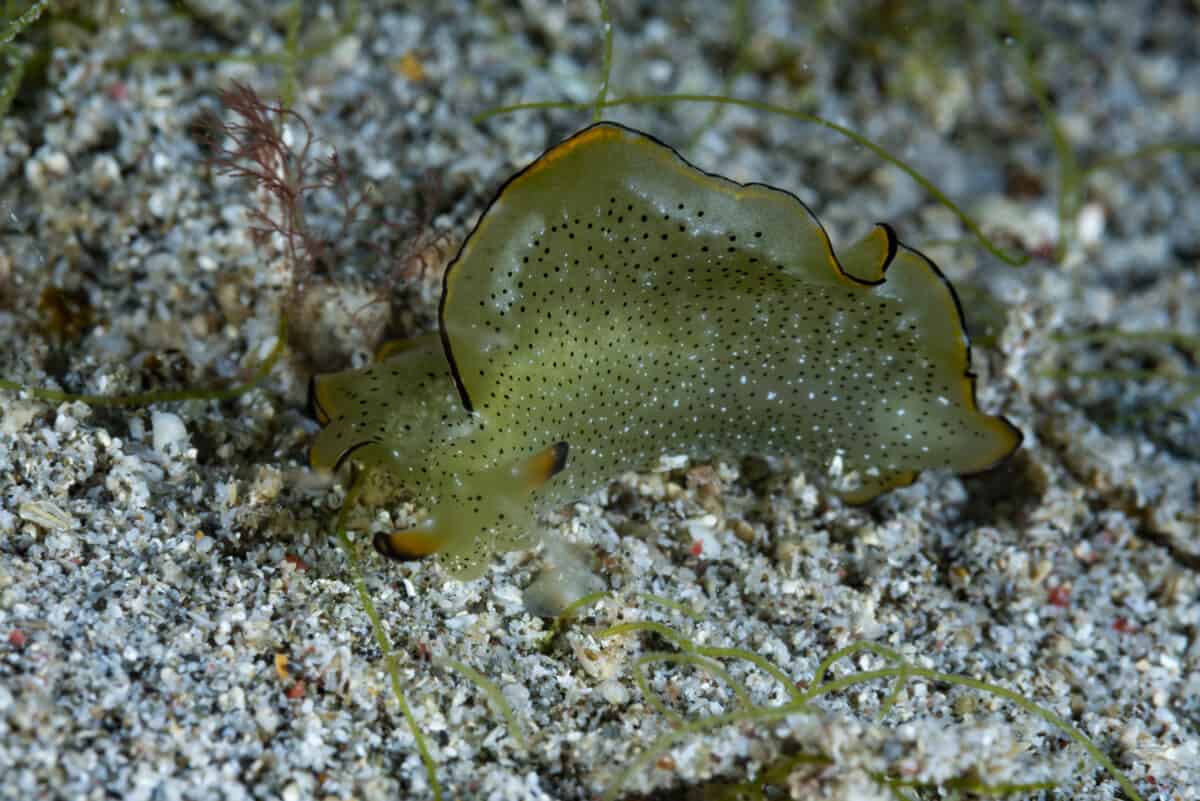
Despite their slow nature, slugs play a vital role in ecosystems. They contribute to nutrient cycling by breaking down decomposing organic matter, thus enriching the soil. This process aids in the availability of nutrients for plants, promoting healthy growth and sustaining other wildlife. The presence of slugs indicates a diverse and balanced ecosystem, where each organism, regardless of its speed, contributes to maintaining the cycle of life.
Conclusion
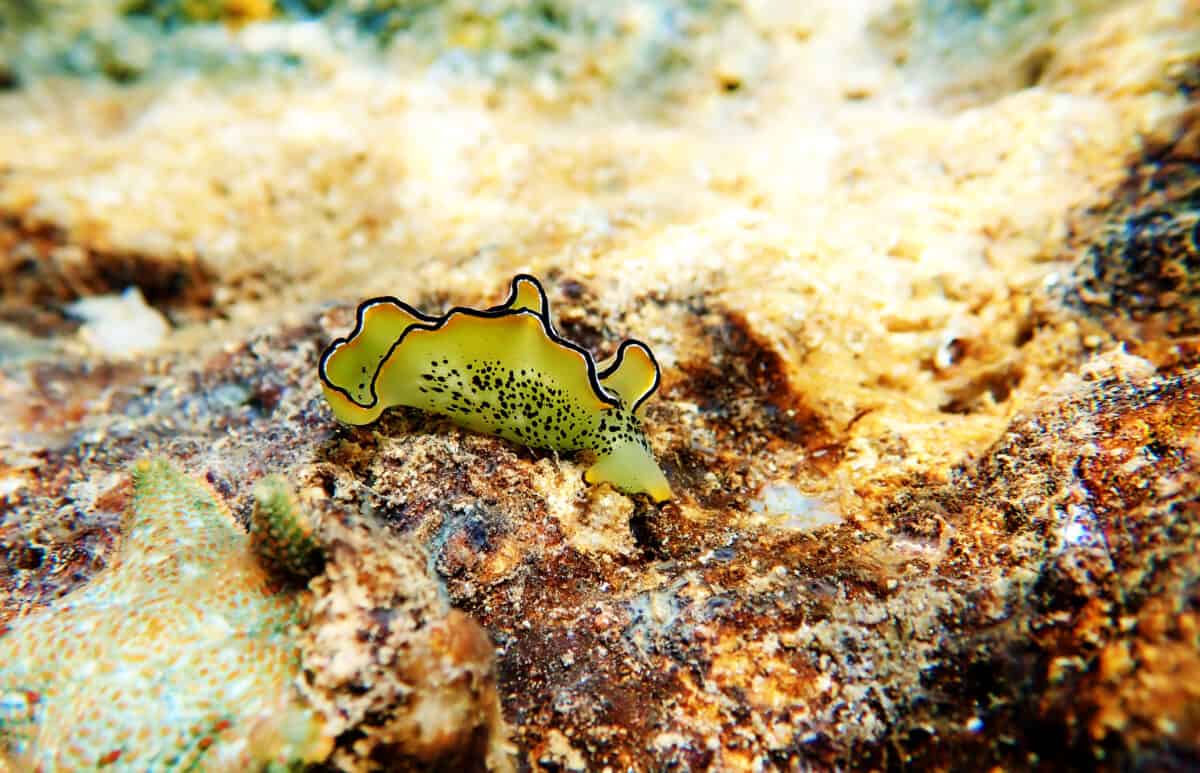
The slug’s slow movement is a fascinating adaptation that ensures its survival within its ecological niche. By understanding the biological and environmental factors that contribute to their sluggish pace, we gain insight into the complexity and resilience of life forms that might initially seem inconspicuous. As one of Earth’s slowest creatures, the slug exemplifies how in the world of nature, speed isn’t always the key to success.
- 11 Signs a Rhino Is About to Charge - August 9, 2025
- 10 Common Chicken Behaviors and What They Mean - August 9, 2025
- 14 Creatures That Can Freeze and Thaw Back to Life - August 9, 2025
